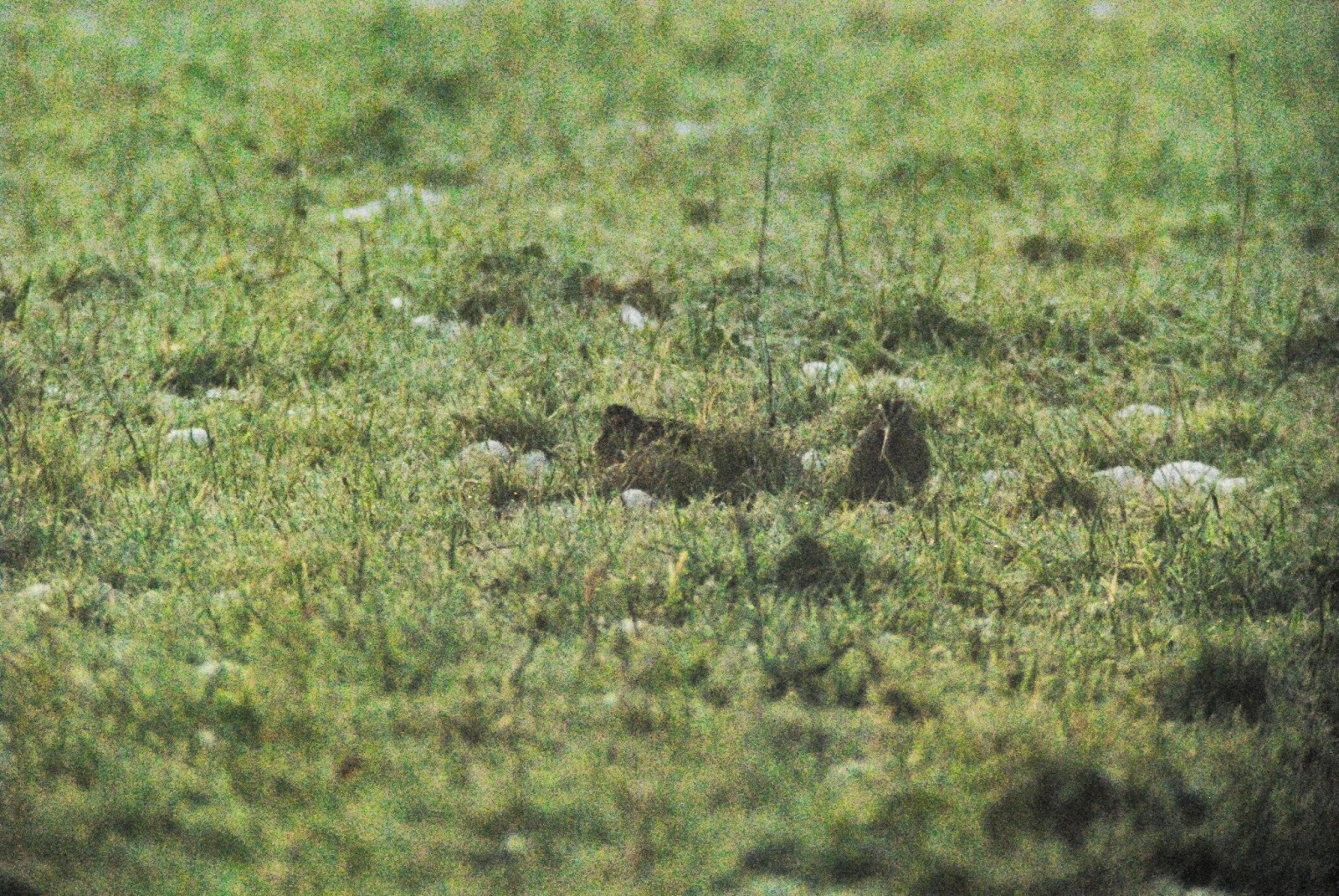Like all skills, birding comes with a learning curve - sometimes steep, sometimes more gentle. I've seen this in the generation down, watching the development of my now four-year-old son's identification skills. Like all birder fathers I, of course, hope that my son will develop the passion just as I inherited it from my father, and that we'll have that shared interest, as well as our shared love, to carry us down the years. So naturally, but without forcing, I'm encouraging him to take an interest.
I showed him his first birds only a few hours after he was born. They were gulls. A mixture of first and second year birds. In Belgrade, where we lived at the time, my own experience is that the proportion of large Larus gulls shifts through the year. In the summer, when Danny was born, the majority of birds are Yellow-legged Gulls (Larus michahellis) and the minority are Caspian Gulls (Larus cachinnans). As the year progresses, the proportion changes in favour of the Caspians, and many of the Yellow-legs seem to take a Mediterranean holiday, or something. Anyway, the chances are that the majority of the birds we were looking at together that first day of his life were Yellow-legs. But, let's face it, that's a tricky distinction to make at the best of times, let alone when you're fresh from the womb and you can't tell a tertiary from an undertail covert.
Yellow-legged vs Caspian Gull. Try telling the difference when you're six hours old.
But here's the point. I didn't have to make the distinction myself until a few years ago. I'd only just settled into the relatively new split between Herring Gulls (Larus argentatus) and Yellow-legs and the internet was in its infancy when I started hearing references to Caspians. But thank goodness the split did come late. The distinction is difficult. Even with a training in seawatching from a youth partially misspent at Sandwich Bay Bird Observatory, telling large Larid gulls apart in flight is a mug's game in which you're lucky to be certain of 10% of your sightings. Luckily I'd had the chance to develop my skills when the space for error was more generous. My point is that birding has come a long way from those days of second-rate porro prism binoculars and written notes, but I wonder honestly if I'd have stuck with it in my tender years if it was as competitive, complicated and expensive then as it is now. And so we come back to the learning curve.
For much of last year my family and I lived in Kenya - a birder's paradise and one where you are forced by circumstance to learn a huge host of new species. As a result I had my Big Year in 2014 and began to think more and more about the motivations that lie behind the desire to see, observe and note bird species. And I began to explore what I've seen referred to as the "Birdosphere" more and more and found myself drawn to the idea of Blogging. But, as I and others have discovered (including my friend from Serbian birding days, Dragan Simic) there is no blogging without photos. And there are no photos without digiscoping.
The kit: The telescope, bins and tripod I get, but the camera's a bit of a mystery.
So I've invested in the kit (see above), and I thank the Lord that I also have a fifteen year-old son to teach me how it's all supposed to work. There's only one problem, and it's revealed by the earlier pictures. Despite my son's best efforts to tutor me, I'm rubbish at it. Hopefully this will change over time but until it does we'll have to manage with pictures downloaded from the web and properly acknowledged, perhaps occasionally complimented by a grainy, colourless image of a distant something in a sea of grass.
A prime example: Snipe (Gallinago gallinago) at Doode Bemde, Belgium
I should add at this stage that although he accompanied me on a short birding trip last weekend, and enjoyed the photographic element, my older son is a lost cause to birding, though he more than compensates in a host of other areas. As for my younger son, he fills my heart with joy every time he pipes up with "Look, there's a Crow, Daddy" and indeed, there's a Carrion Crow (Corvus corone corone) flying overhead. But I mustn't get carried away. That'll come, if it comes at all, when he says "Look, Daddy, there's a Rook" (Corvus frugilegus).
Rook vs Crow: Like chess, it will come with time.






No comments:
Post a Comment